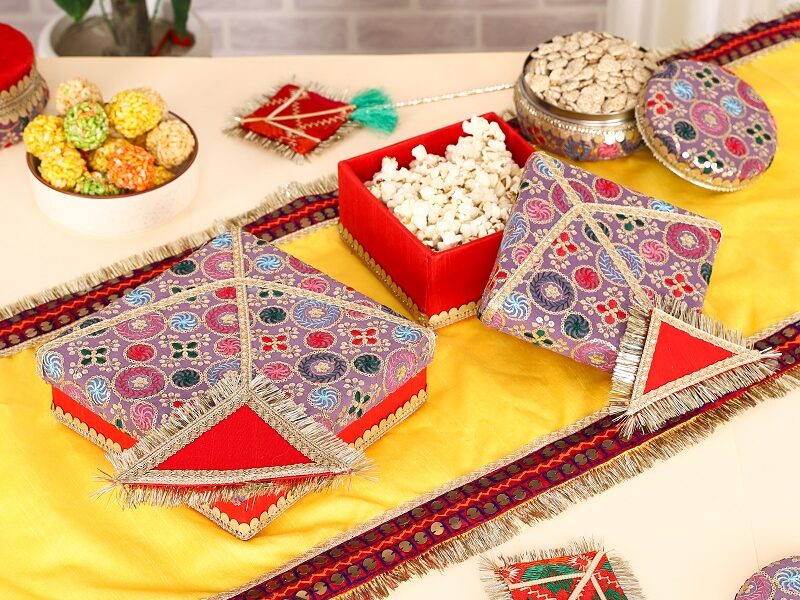
Makar Sankranti: Celebrating Harvest, Kites, and New Beginnings
Makar Sankranti, celebrated across India with great enthusiasm, marks the transition of the Sun into the Capricorn (Makara) zodiac. It is one of the few Hindu festivals celebrated according to the solar calendar, and it signifies the end of winter and the beginning of longer, warmer days. Known by different names across India—Pongal in Tamil Nadu, Lohri in Punjab, Uttarayan in Gujarat, and Magh Bihu in Assam—it is a festival that unites diverse traditions under one celebratory umbrella.
The Significance of Makar Sankranti
Makar Sankranti holds immense importance as a harvest festival. It is a time when farmers celebrate the fruits of their labor and express gratitude to nature. Spiritually, the festival marks the day when the Sun starts its northward journey, known as Uttarayana, which is considered auspicious in Hinduism. This period is believed to bring prosperity, positivity, and good fortune.
The Kite Festival: A Celebration in the Skies
One of the most iconic elements of Makar Sankranti is the Kite Festival, celebrated with unparalleled fervor in Gujarat, Rajasthan, and Maharashtra. The blue skies come alive with colorful kites of all shapes and sizes, symbolizing freedom, joy, and the spirit of competition.
The Tradition of Kite Flying
Kite flying during Makar Sankranti has both recreational and symbolic significance. It’s believed that exposure to the morning sun while flying kites is beneficial for health, providing a dose of Vitamin D and keeping the winter chills at bay. Families and friends gather on terraces to participate in kite battles, shouting “Kai Po Che!” when they cut an opponent’s kite string.
Regional Festivities of Makar Sankranti
1. Gujarat
In Gujarat, Makar Sankranti is synonymous with the International Kite Festival in Ahmedabad. The event attracts kite enthusiasts from around the world who showcase their skills and innovative kite designs. Traditional delicacies like undhiyu, jalebi, and til chikki add to the festive fervor.
2. Punjab and Haryana
In Punjab, Makar Sankranti is celebrated as Lohri, marking the harvest of sugarcane and wheat. Families light bonfires, sing folk songs, and enjoy traditional sweets like rewari and gajak.
3. Tamil Nadu
In Tamil Nadu, the festival is celebrated as Pongal, a four-day extravaganza that includes cooking the traditional dish “Pongal,” made from newly harvested rice, jaggery, and milk.
4. Maharashtra
In Maharashtra, people exchange tilgul (sesame and jaggery sweets) with the phrase “Tilgul ghya, goad goad bola,” which means “Take this sweet and speak sweetly.”
5. Assam
In Assam, Makar Sankranti is celebrated as Magh Bihu or Bhogali Bihu, characterized by feasts, bonfires, and community fishing activities.
Traditional Delicacies of Makar Sankranti
Food plays a central role in this festival celebrations. The use of sesame seeds (til) and jaggery (gur) in sweets like til ladoo, til chikki, and gur paare is common across India. These ingredients are not just delicious but also provide warmth and energy during the winter season.
Symbolism of Makar Sankranti
The festival is not just about flying kites and enjoying sweets; it carries profound symbolism. The rising kites represent aspirations soaring high, while the Sun’s northward journey signifies hope, renewal, and the triumph of light over darkness.
Modern-Day Celebrations
In the modern era, This festival evolved to include grand cultural events, kite competitions, and social gatherings. Cities like Ahmedabad and Jaipur host grand kite festivals, drawing locals and tourists alike. Social media has also amplified the joy, with people sharing pictures of their kites, sweets, and family moments.
